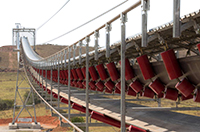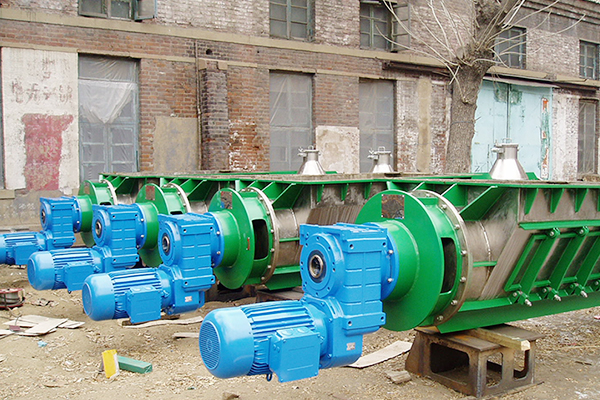The first idler wheel in a belt drive or chain drive basically redirects the direction vector of the belt or chain in the desired related manner. In general, this type of redirection is often preferred in order to better pack components, allow part gaps, or effectively connect complex pulley / sprocket configurations.
In addition, tensioners are used in these drives to compensate for slack in the belt / chain. As the name suggests, this component helps maintain a certain amount of tension in the driveline. Excessive slack (or looseness) of the belt / chain can cause slippage, which inhibits torque transmission, while excessive tension (or looseness) can create resistance and apply bending load on the pulley / sprocket shaft. This design challenge necessitates the use of a tensioner.
In a flexible power transmission, namely a chain or belt transmission, the overlapping angle (or contact angle) formed by the belt / chain becomes important when winding around the circumference of the corresponding wheel (pulley or sprocket). The larger overlap angle helps to minimize skidding during driving and distributes contact forces over a wide area, thereby reducing stress concentration. Idle wheels are one of the easiest ways to accomplish this task.
As a result, the usual design practice is to install the idler with a suitable spring load to take into account both functions, namely to achieve belt / chain tensioning and to facilitate structural changes. However, keep in mind that increasing the idler does not contribute to the overall transmission ratio of the belt / chain drive system, so the transmission ratio remains the same.
They provide sufficient clearance for the belt and increase the lap angle between the connected pulleys. The tensioner is just a spring-loaded idler that maintains the proper tension (or tightness) in the belt.








